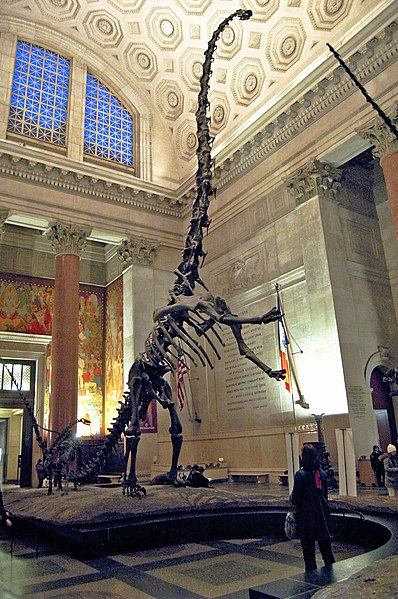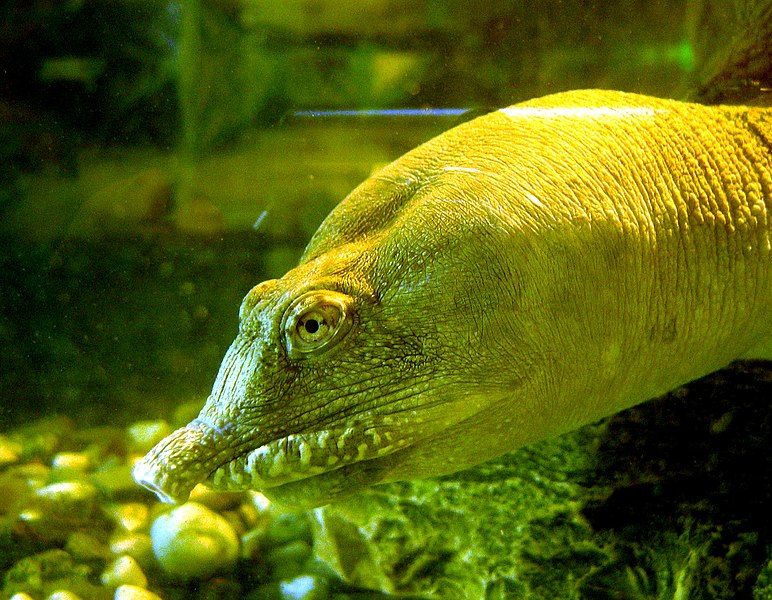 Inspired by fellow Bronxite John Kiernan’s wonderful book A Natural History of New York City, I have searched for reptiles and amphibians in just about every corner of the Big Apple. An amazing array of species manage to hold on here and in other cities around the world (Reticulated Pythons are regularly encountered in Singapore and Bangkok) – in fact, I cannot cover all of NYC’s species in a single article. Today I’ll take a look at big city snakes.
Inspired by fellow Bronxite John Kiernan’s wonderful book A Natural History of New York City, I have searched for reptiles and amphibians in just about every corner of the Big Apple. An amazing array of species manage to hold on here and in other cities around the world (Reticulated Pythons are regularly encountered in Singapore and Bangkok) – in fact, I cannot cover all of NYC’s species in a single article. Today I’ll take a look at big city snakes.
Snakes of NY State
New York State is home to 17-18 species of snakes, most of which once dwelled within NYC limits. Three of these – the Copperhead, Timber Rattlesnake and Eastern Massasauga – are venomous. Read More »
 That Reptile Blog – Reptile, Amphibian and Exotic Pet Care and Information
That Reptile Blog – Reptile, Amphibian and Exotic Pet Care and Information




